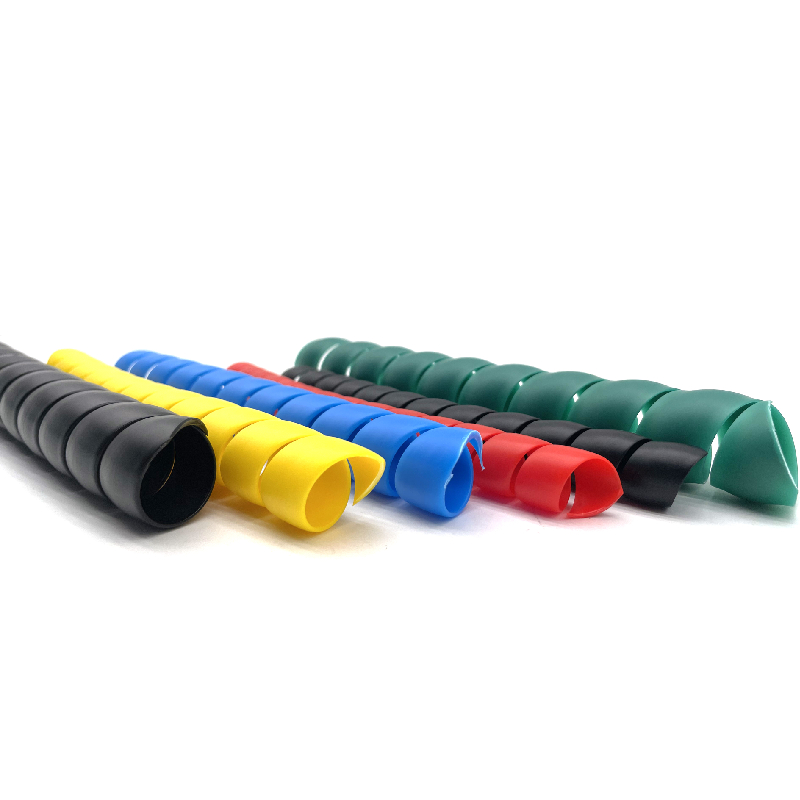Exploring the Benefits and Uses of 134a Hose in Refrigeration Systems
Understanding the R134A Hose An Essential Component in Automotive AC Systems
The R134A hose plays a crucial role in the functioning of modern automotive air conditioning (AC) systems. As vehicles have evolved to be more efficient and environmentally friendly, the use of R134A refrigerant has become standard in many vehicles, especially those manufactured from the late 1990s onward. This article explores the significance of the R134A hose, its components, construction, and maintenance, illustrating its importance in keeping our vehicles comfortable during hot weather.
What is R134A?
R134A, chemically known as tetrafluoroethane, is a refrigerant that has largely replaced the older R12 refrigerant due to its reduced impact on the ozone layer. As environmental regulations tightened around the use of substances that deplete the ozone, R134A emerged as a preferred alternative. It operates efficiently in automotive AC systems, providing effective cooling without the harmful side effects associated with its predecessor.
The Role of the R134A Hose
In an automotive AC system, the R134A hose serves as a conduit for circulating the refrigerant between different components, such as the compressor, condenser, evaporator, and expansion valve. This hose is designed to withstand high pressures and varying temperatures as it transfers the refrigerant to the various parts of the system. The effective functioning of the AC depends heavily on the integrity and efficiency of the R134A hose.
Components of the R134A Hose
1. Inner Liner The inner layer of the hose is typically made from a material resistant to refrigerants and oils, ensuring no leakage occurs. This liner is crucial for maintaining the efficiency of the refrigerant flow.
2. Reinforced Layer Surrounding the inner liner, there is often a layer of textile or steel braiding that enhances the hose's strength and flexibility. This reinforcement allows the hose to handle the high pressures typically found in AC systems without bursting.
134a hose

3. Outer Cover The outer layer serves as a protective shield against external elements, such as heat, chemicals, and abrasion. This insulation ensures the hose remains intact and functions properly over time.
Maintenance and Common Issues
Although R134A hoses are designed for durability, they are not immune to wear and damage. Over time, exposure to UV light, heat, and contaminants can lead to deterioration. Regular inspections are essential to ensure the health of the AC system.
Common issues include
1. Leaks One of the most prevalent problems with R134A hoses is leakage. A small crack or puncture in the hose can lead to refrigerant loss, causing the AC system to inefficiently cool or fail entirely.
2. Cracking and Hardening Hoses can become brittle and crack due to prolonged exposure to heat and environmental elements. This often requires immediate replacement to prevent refrigerant leaks.
3. Kinks Physical damage such as kinks can impede the refrigerant flow, causing system inefficiencies. Ensuring that hoses are properly routed and secured can help prevent this issue.
Conclusion
The R134A hose is a vital component of automotive air conditioning systems, enabling effective cooling while being mindful of environmental concerns. Regular maintenance and inspections can extend the life of this critical part and ensure the AC system operates at peak efficiency. As car owners, understanding the importance of the R134A hose not only contributes to maintaining comfort during hot days but also protects our environment by ensuring the effective use of modern refrigerants. Ultimately, investing in the proper care and attention for automotive AC components can lead to a more enjoyable driving experience while supporting global sustainability efforts.
-
Ultimate Spiral Protection for Hoses & CablesNewsJun.26,2025
-
The Ultimate Quick-Connect Solutions for Every NeedNewsJun.26,2025
-
SAE J1401 Brake Hose: Reliable Choice for Safe BrakingNewsJun.26,2025
-
Reliable J2064 A/C Hoses for Real-World Cooling NeedsNewsJun.26,2025
-
Heavy-Duty Sewer Jetting Hoses Built to LastNewsJun.26,2025
-
Fix Power Steering Tube Leaks Fast – Durable & Affordable SolutionNewsJun.26,2025

